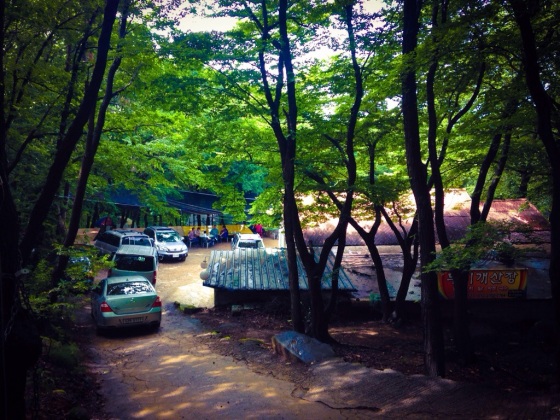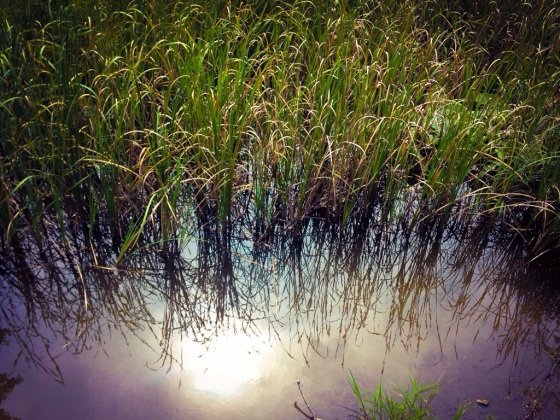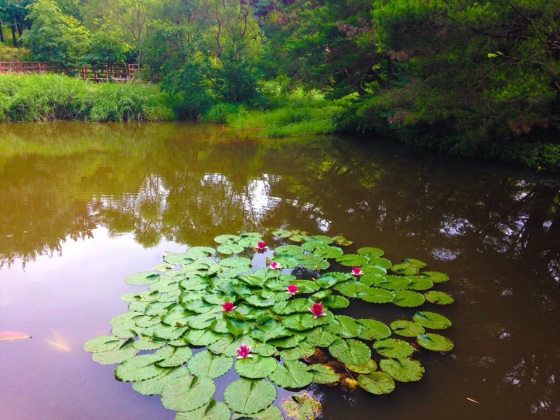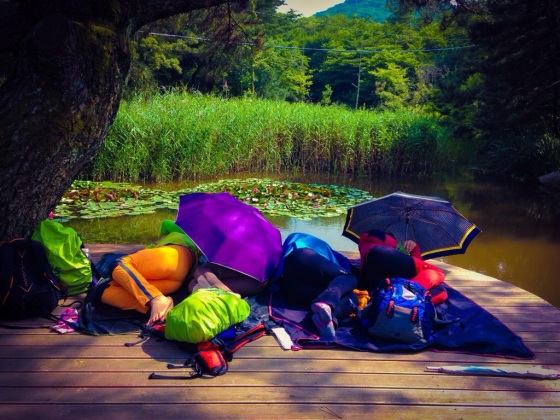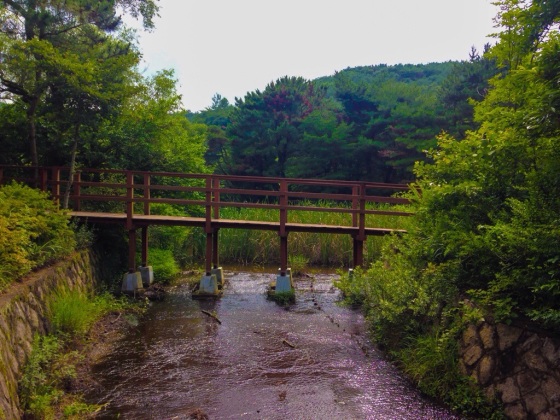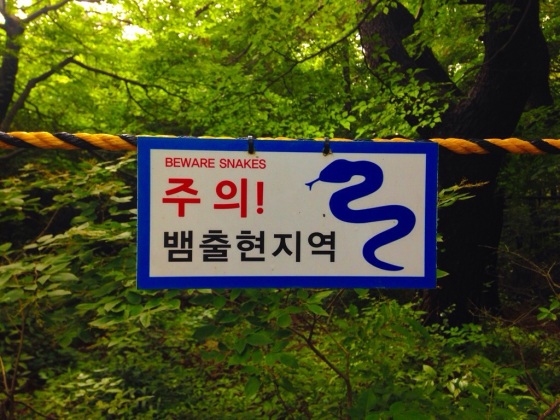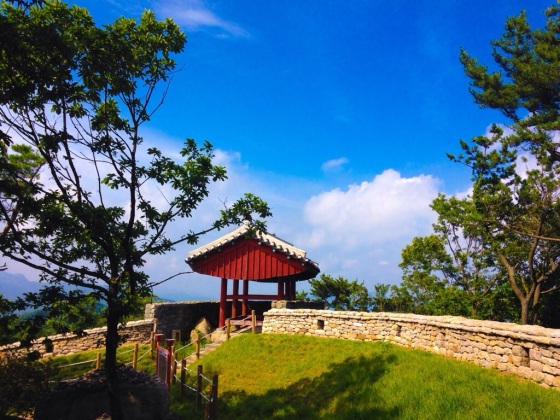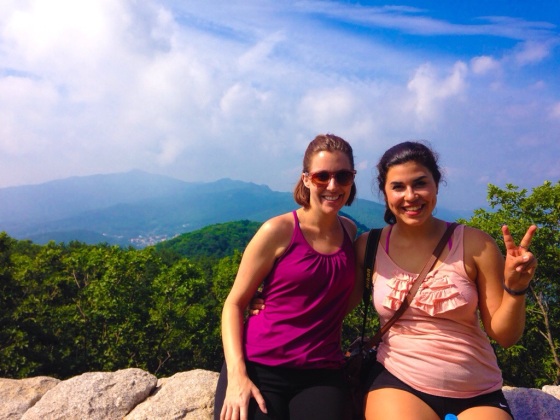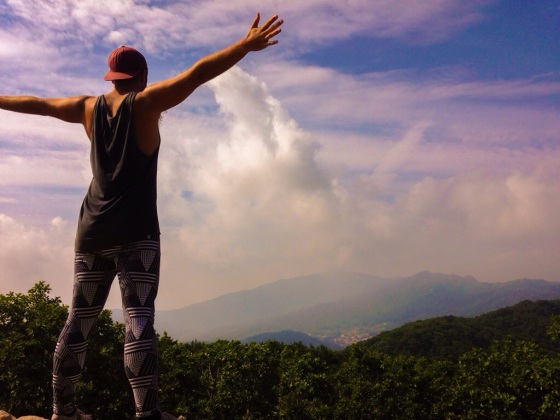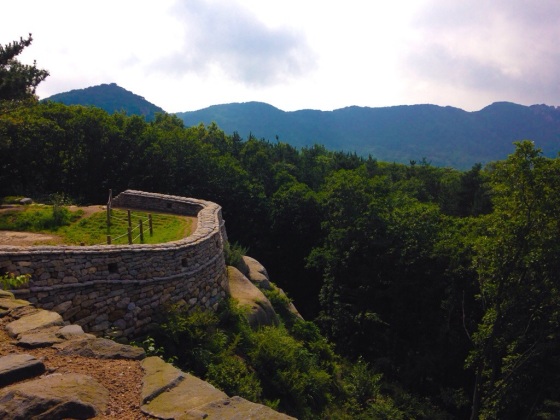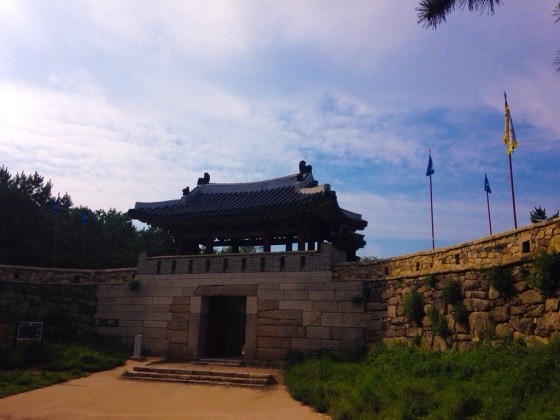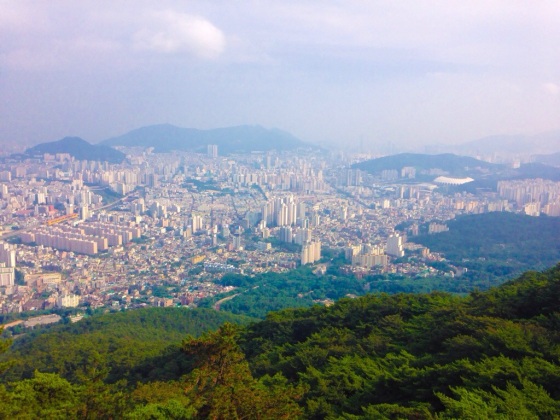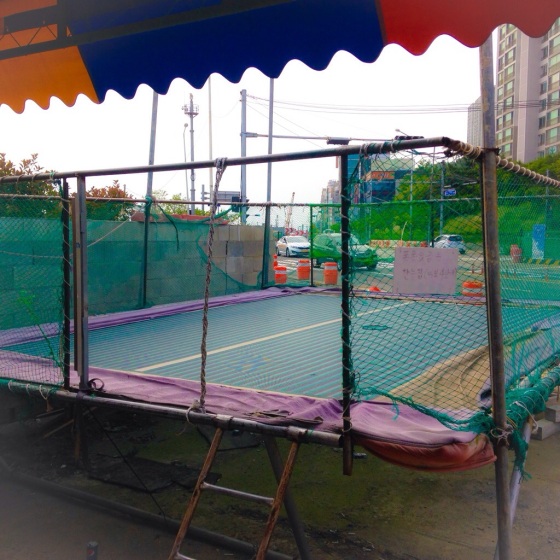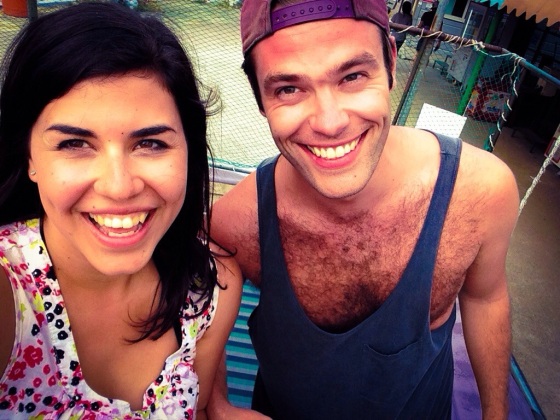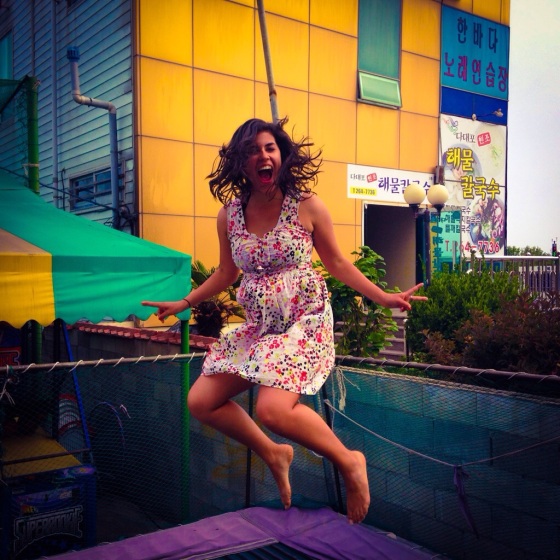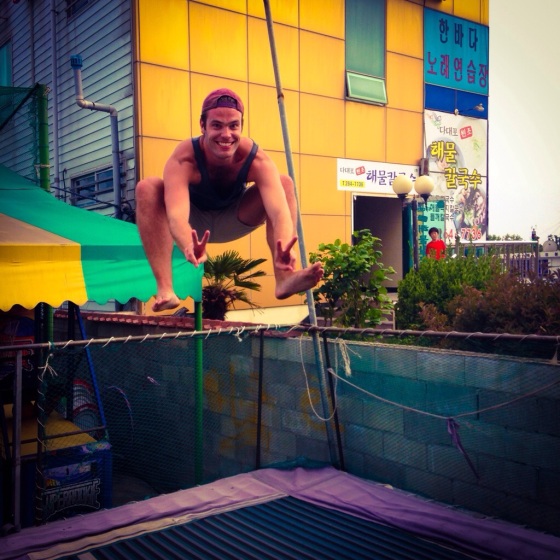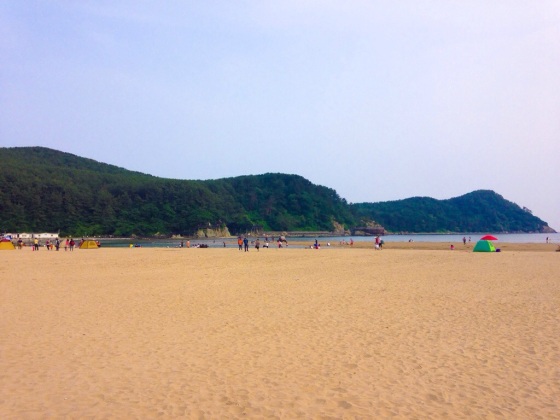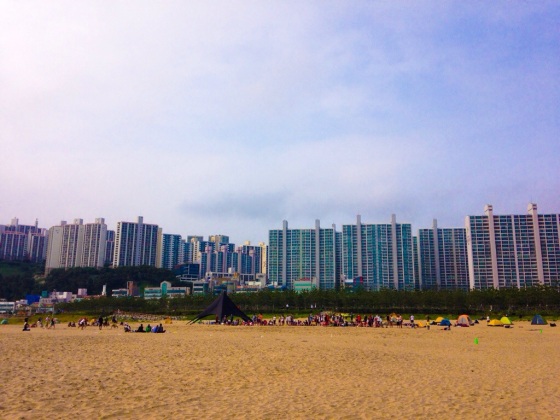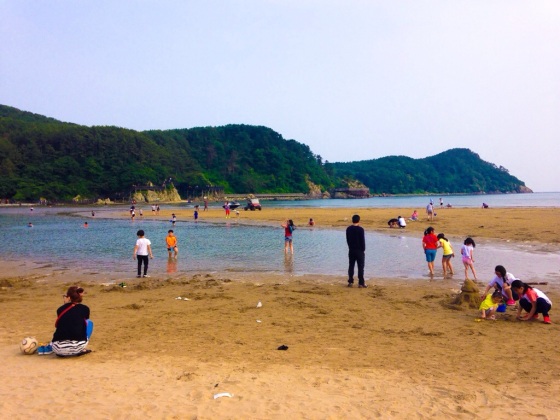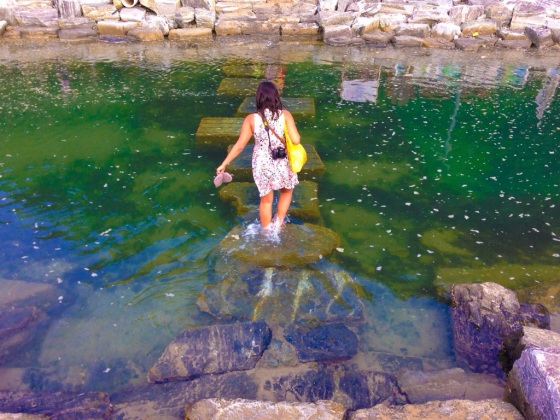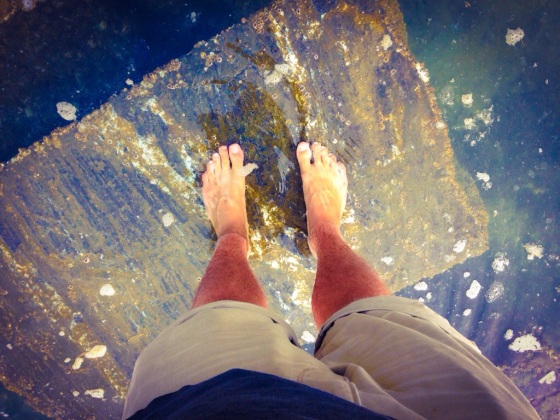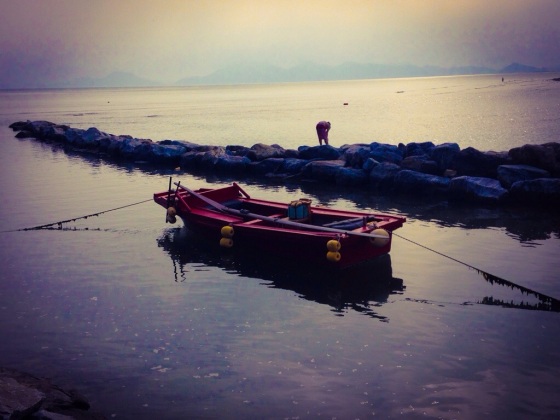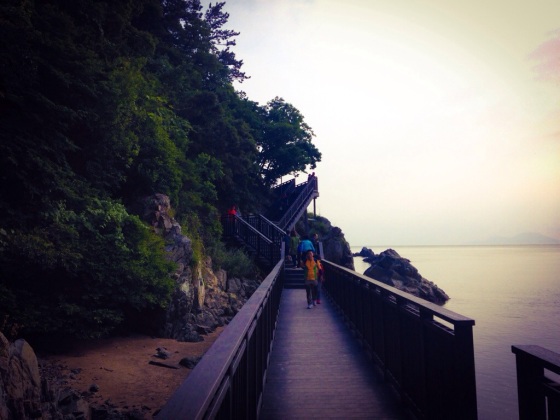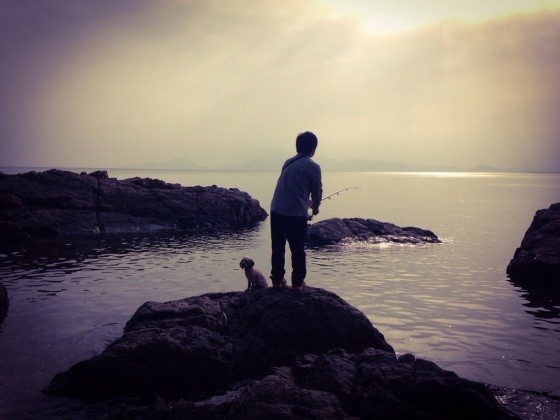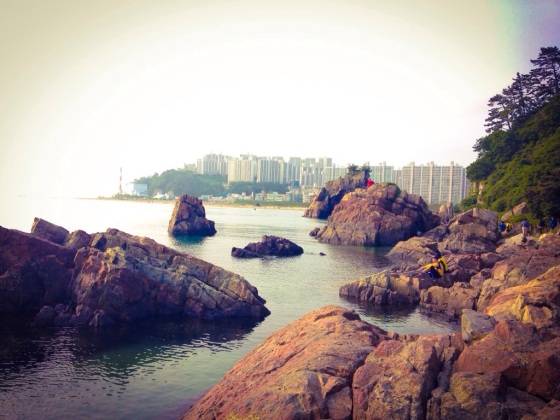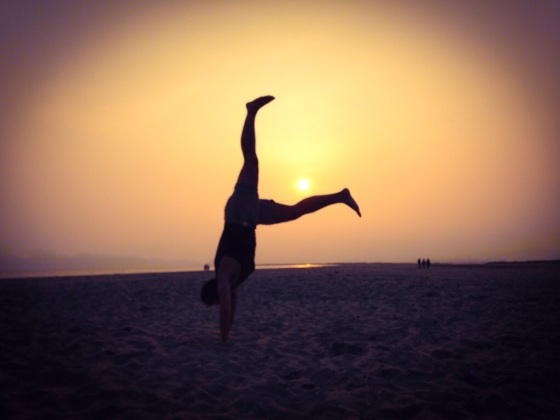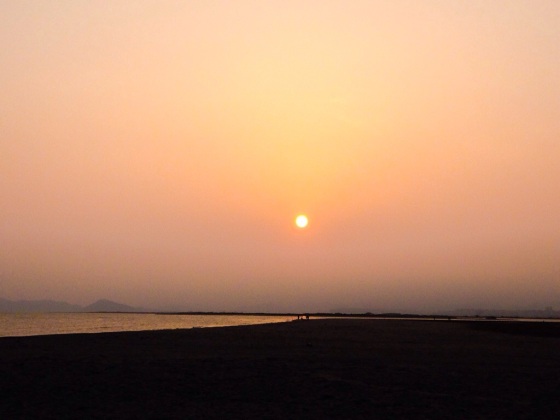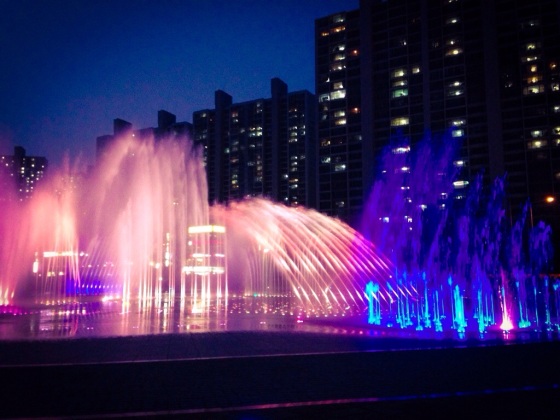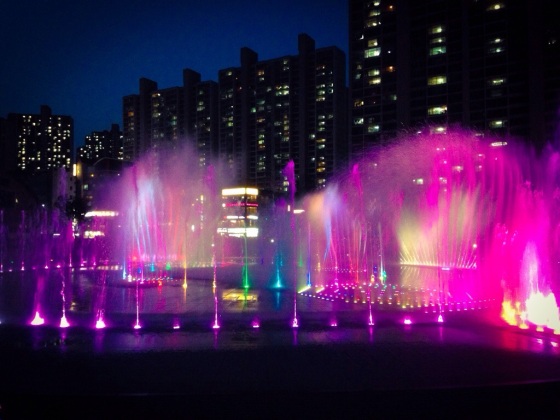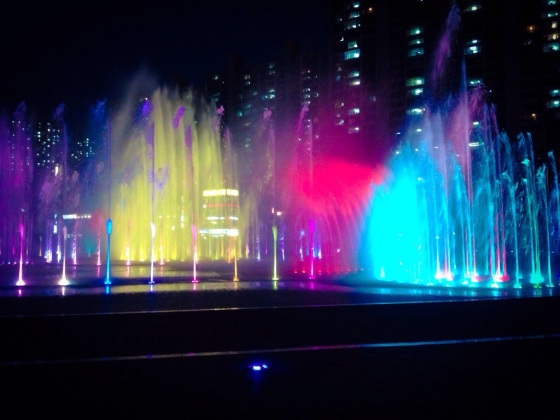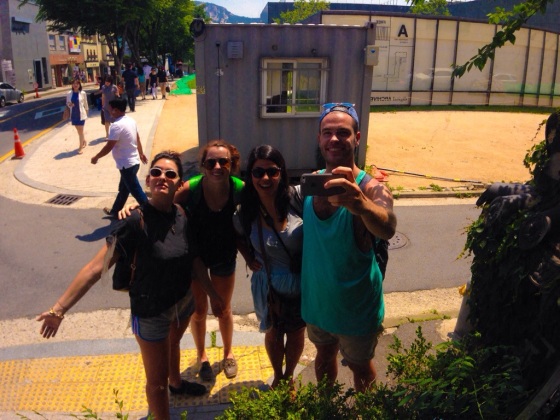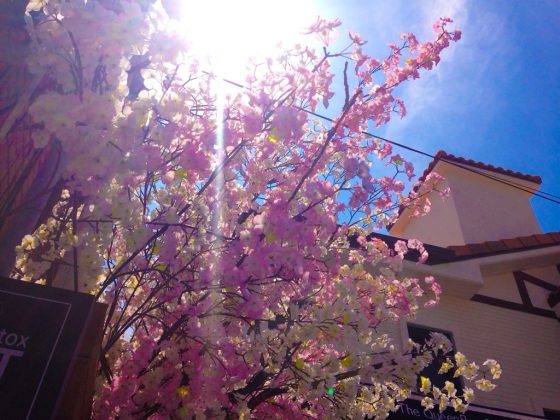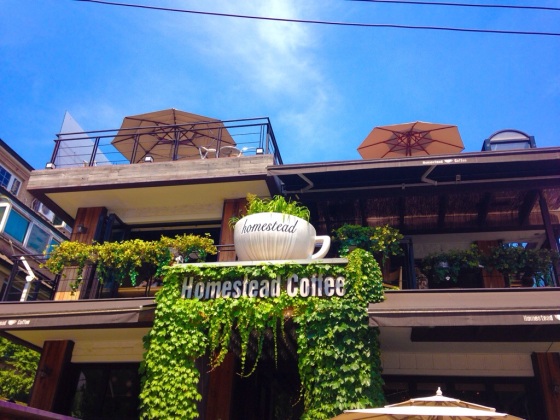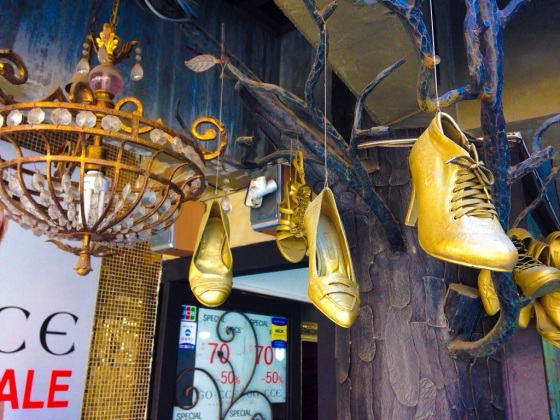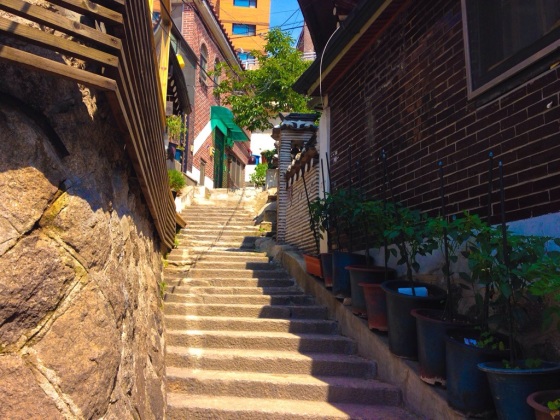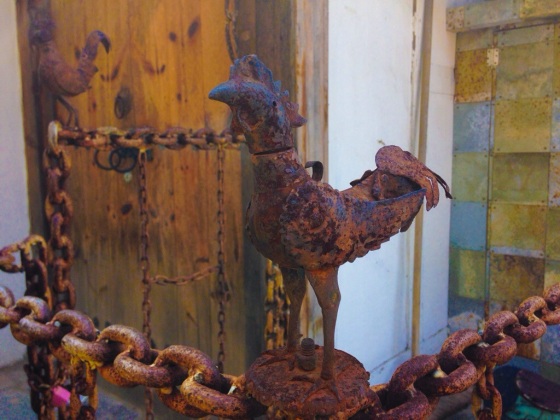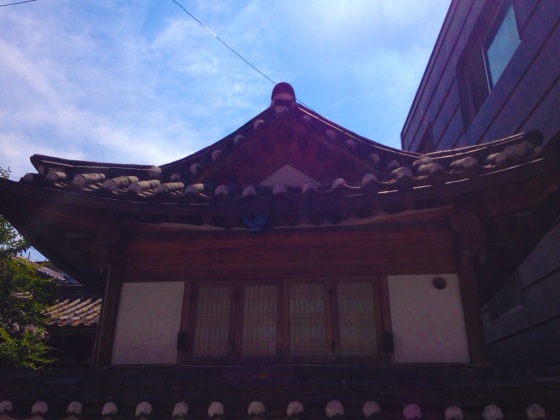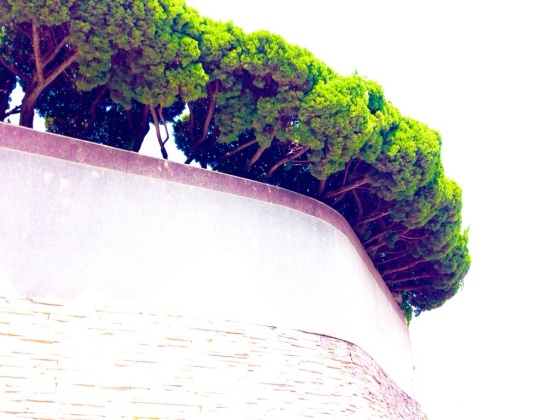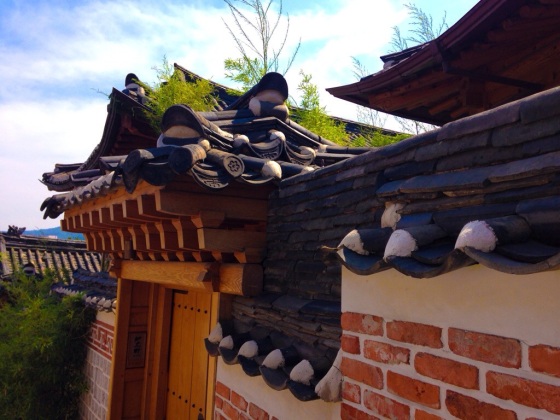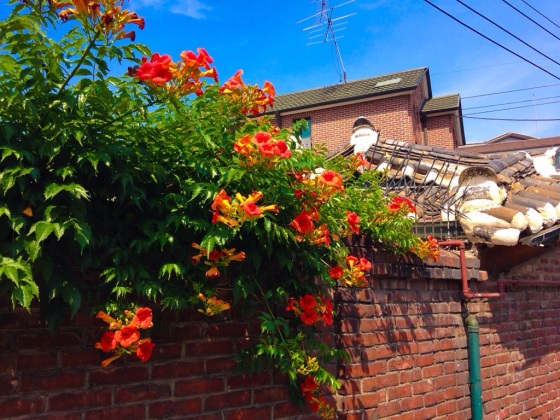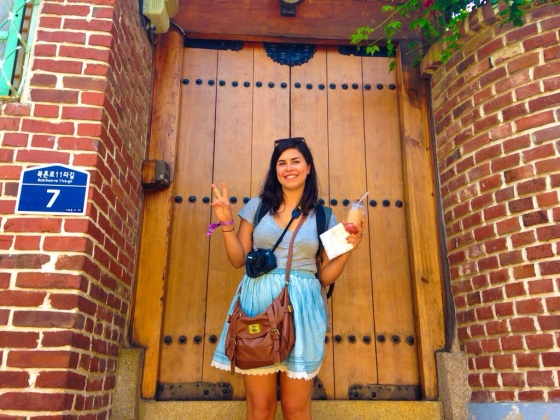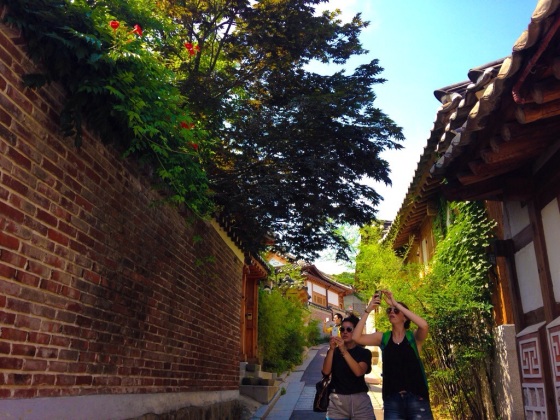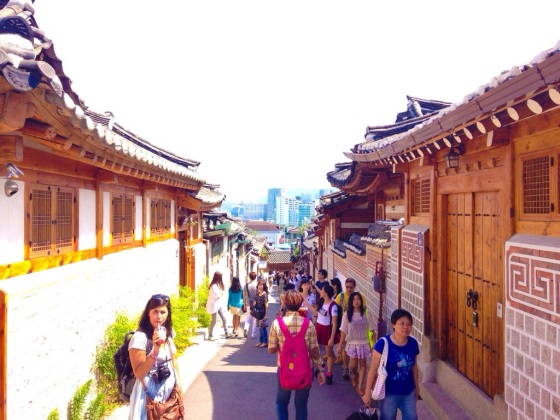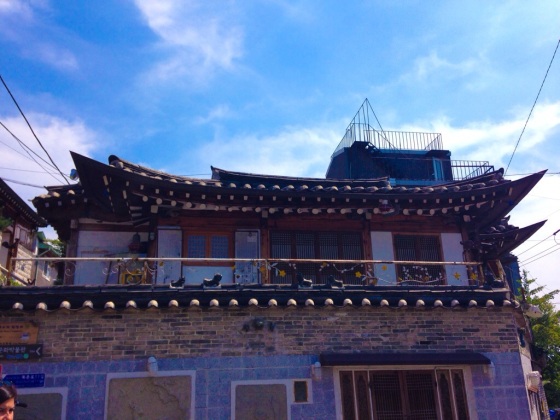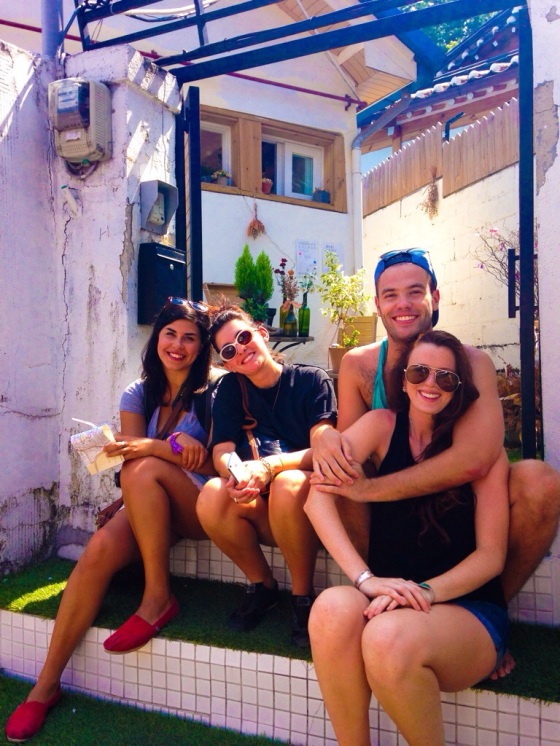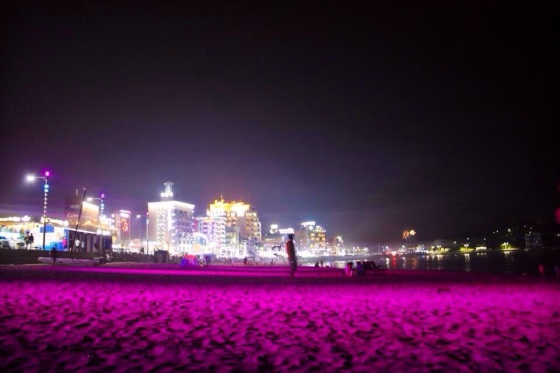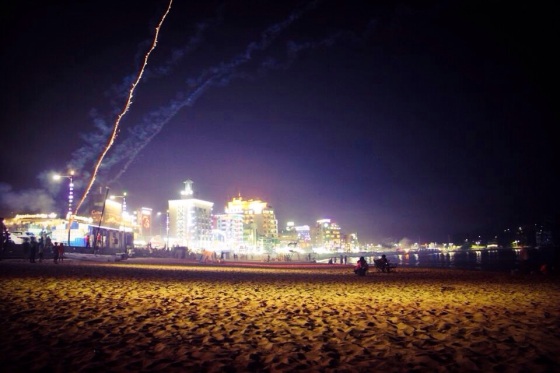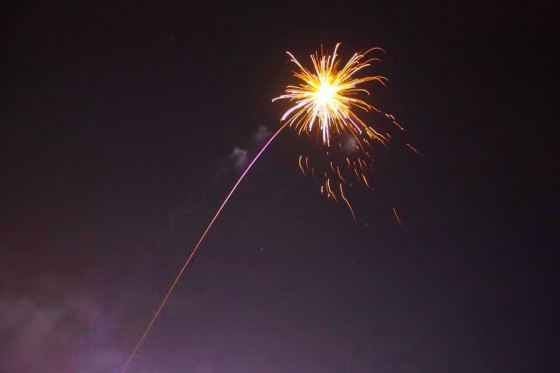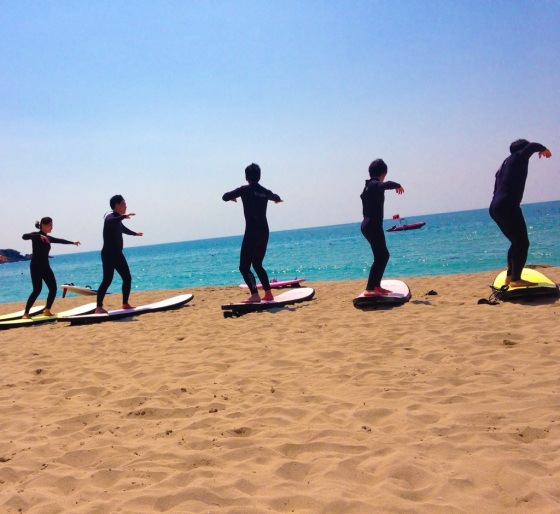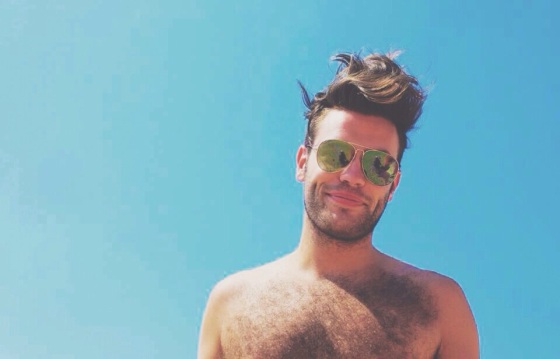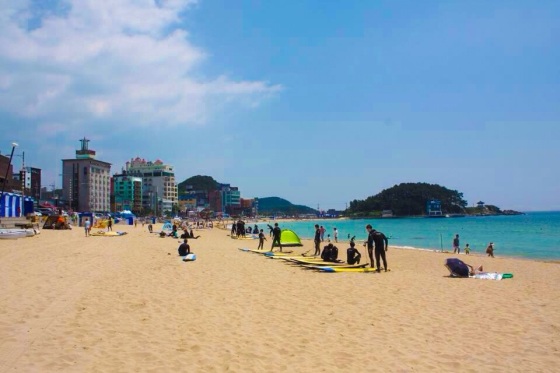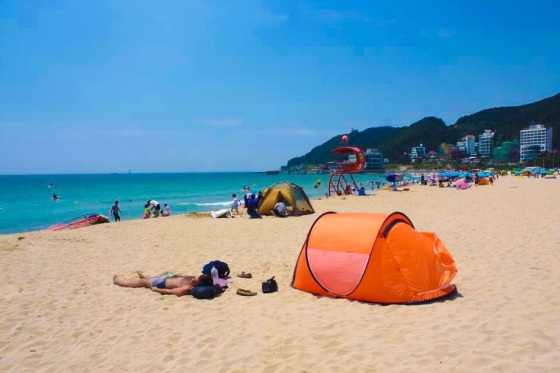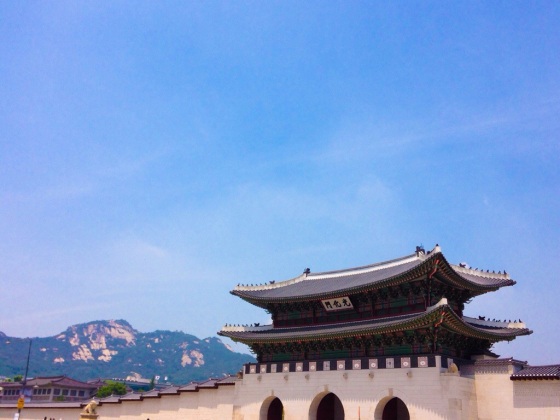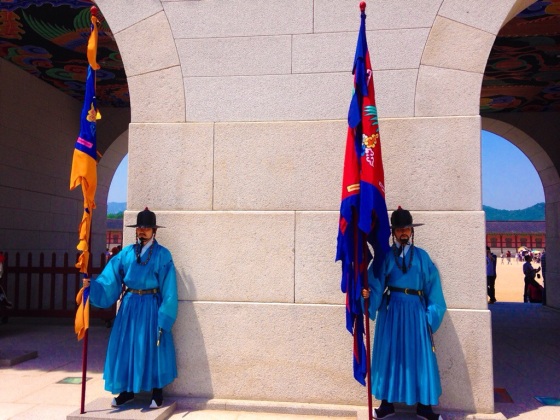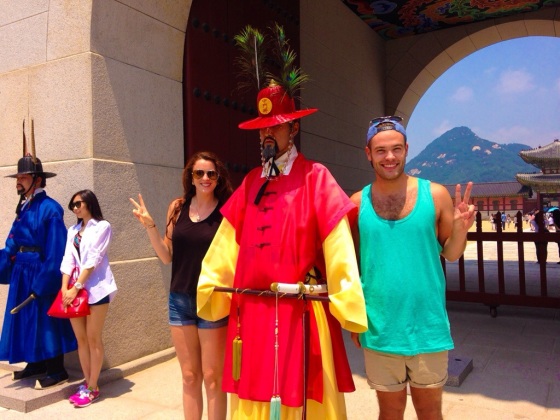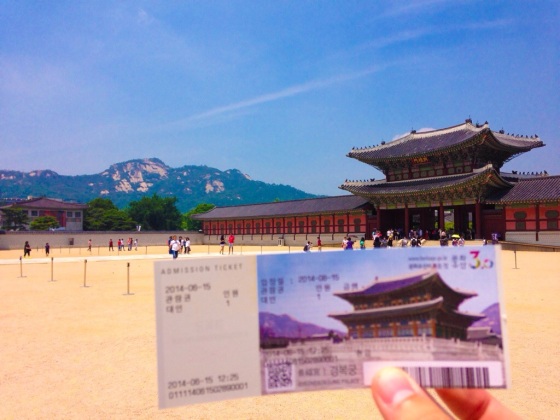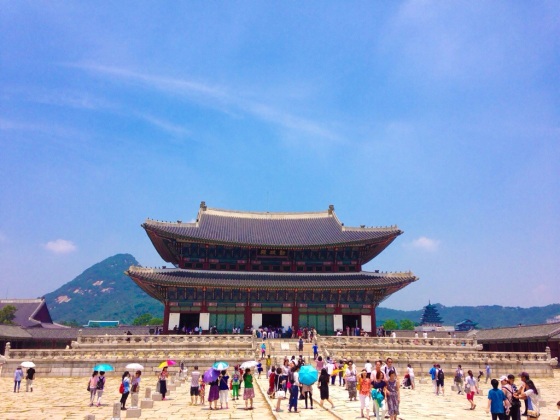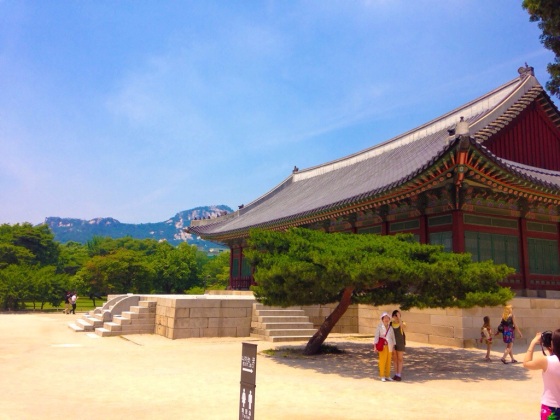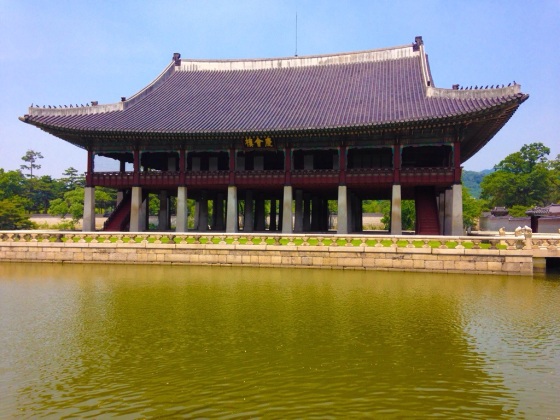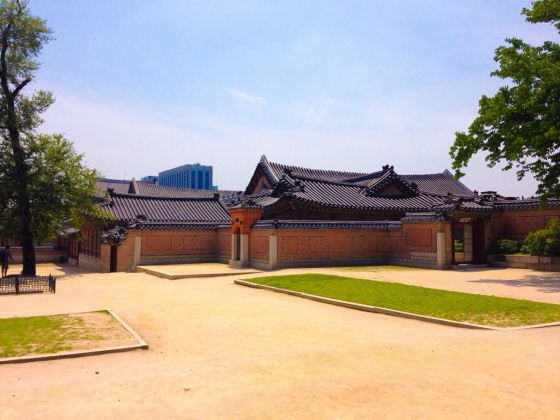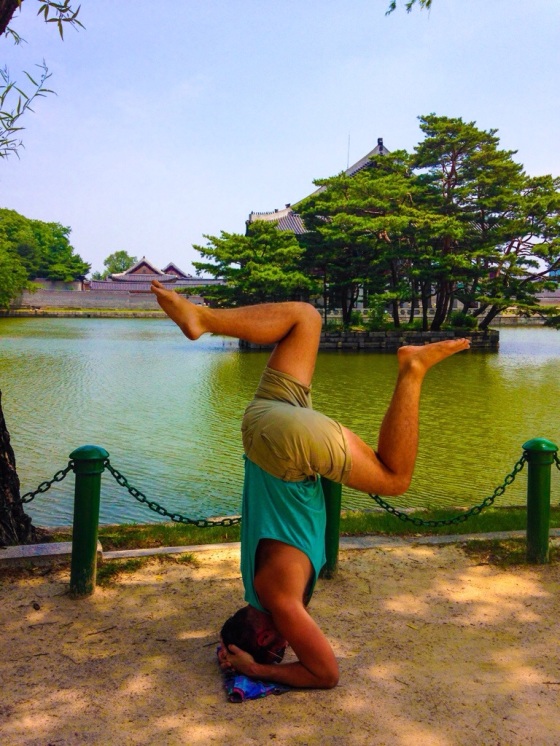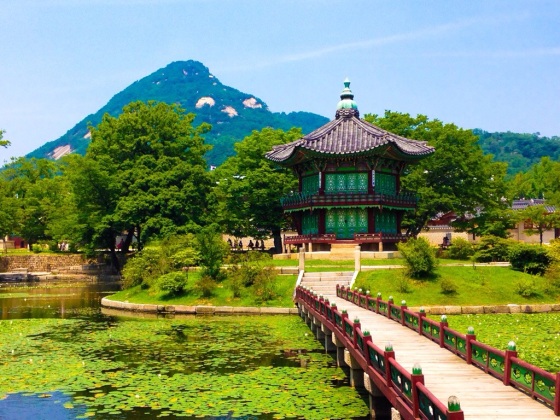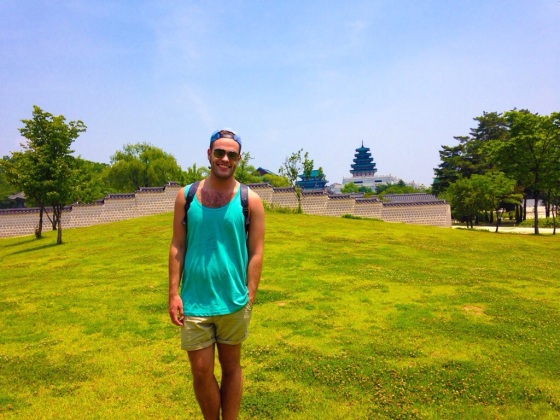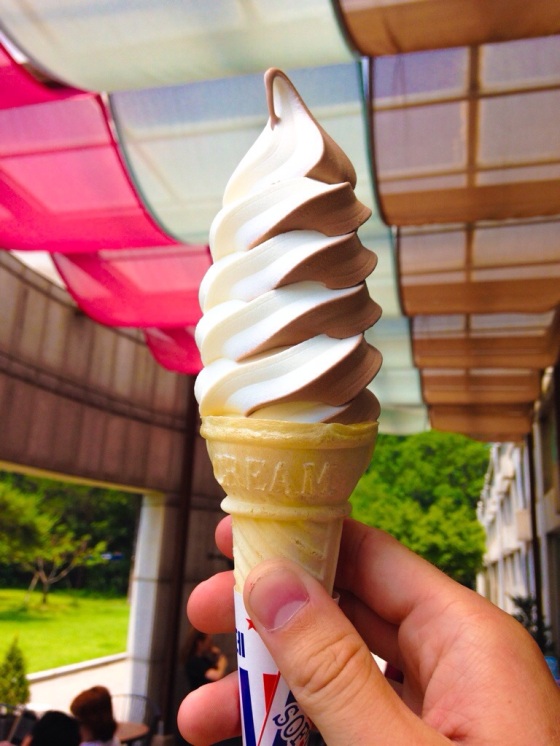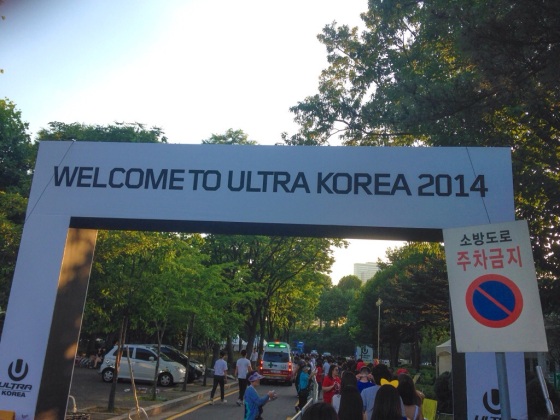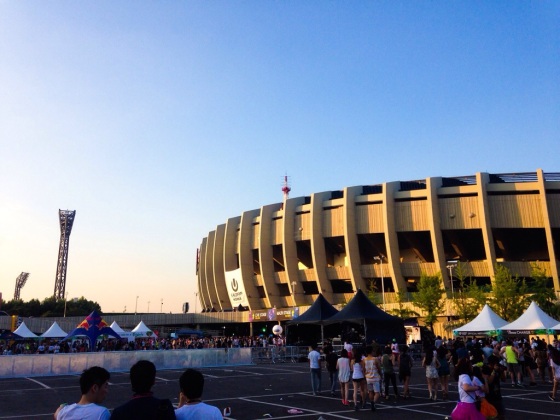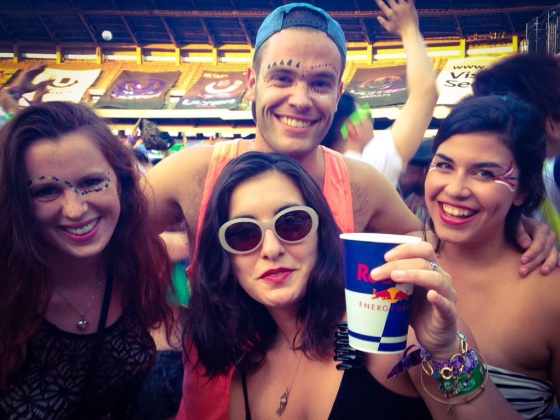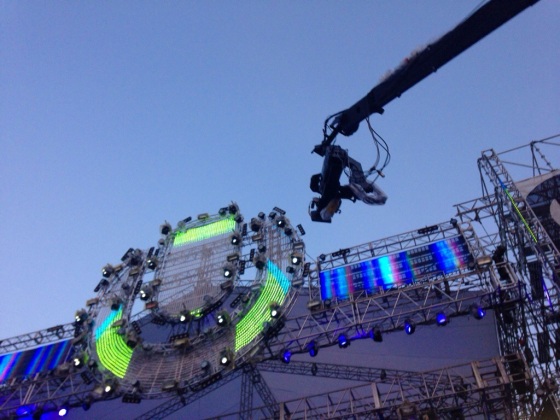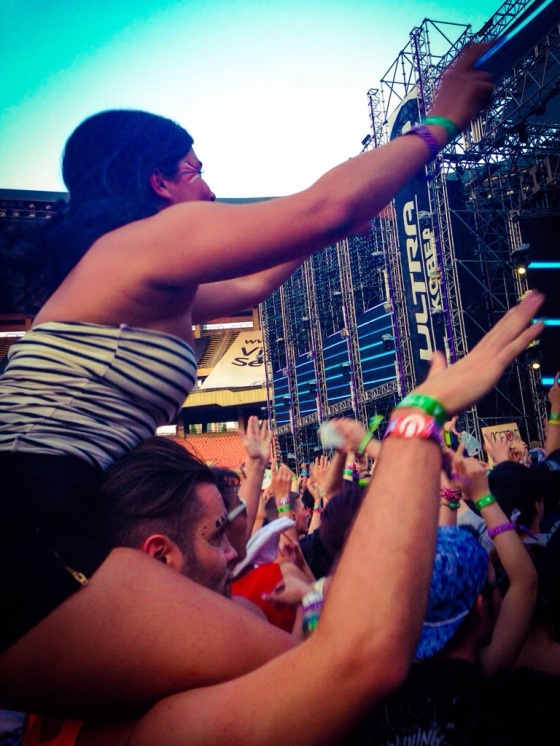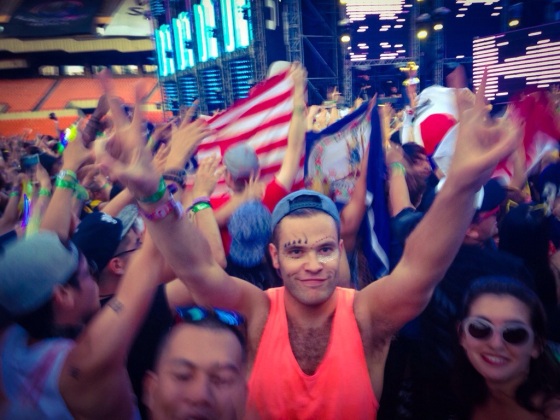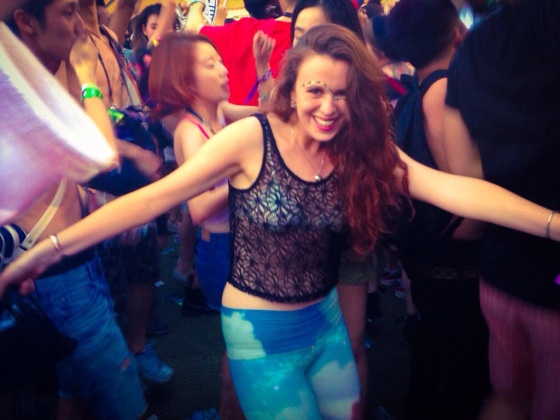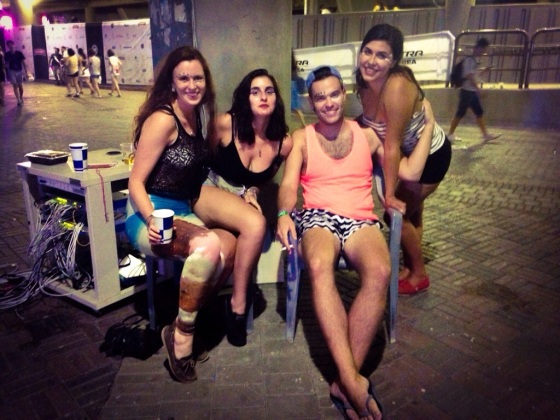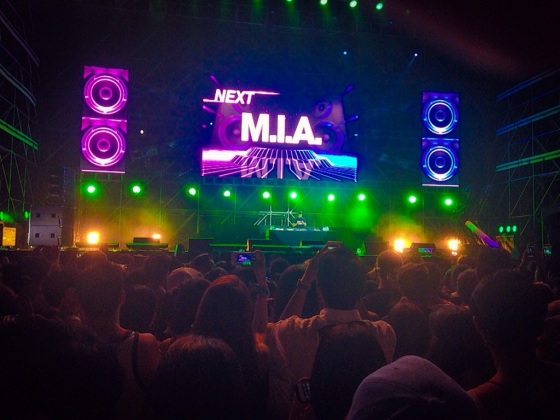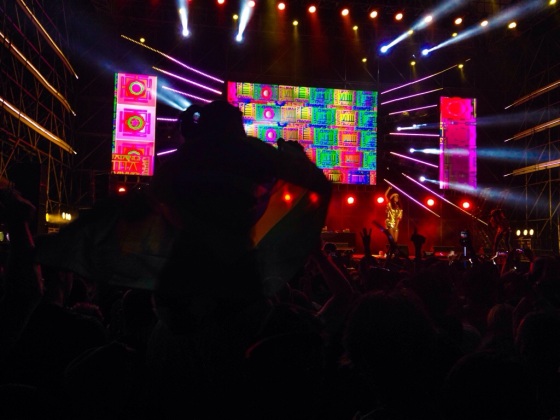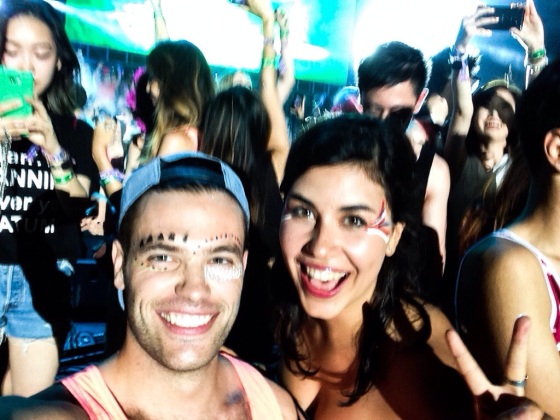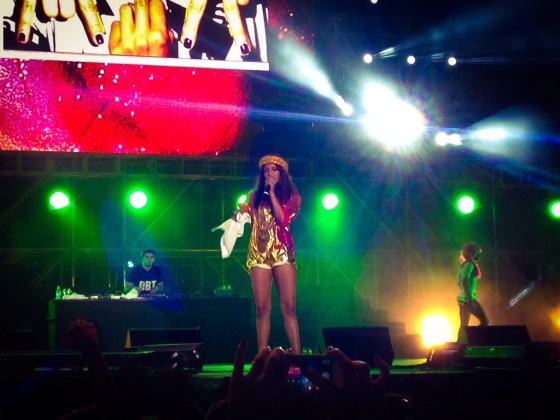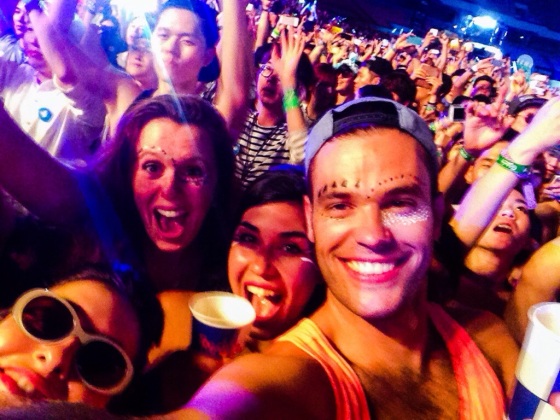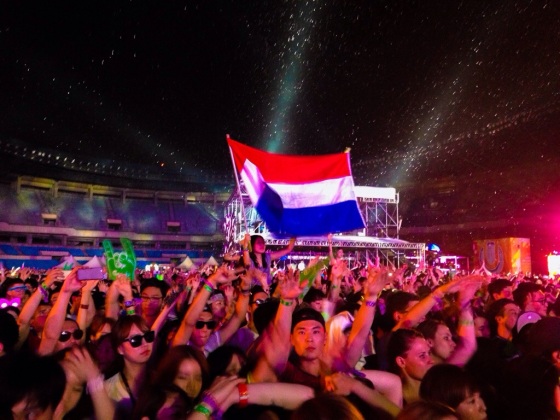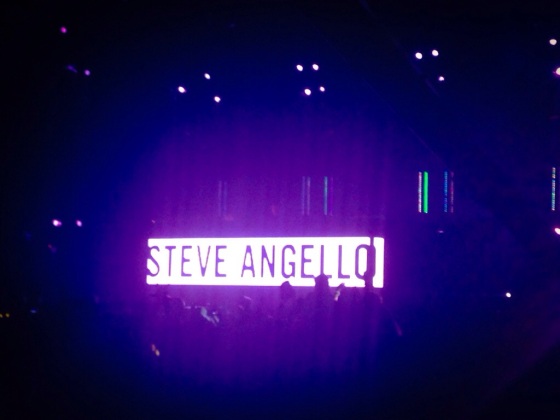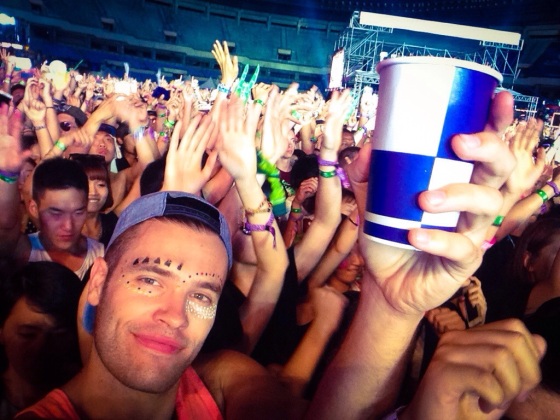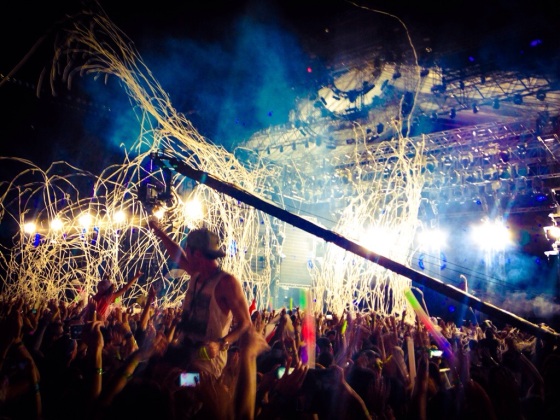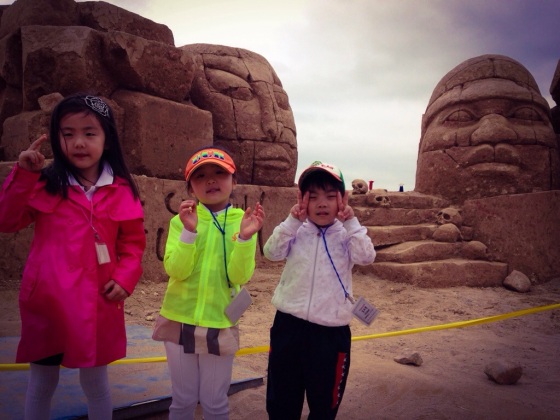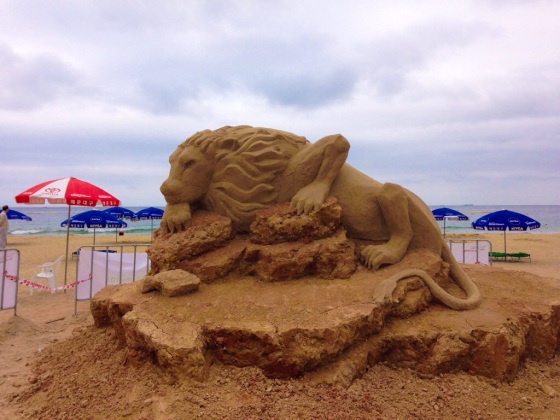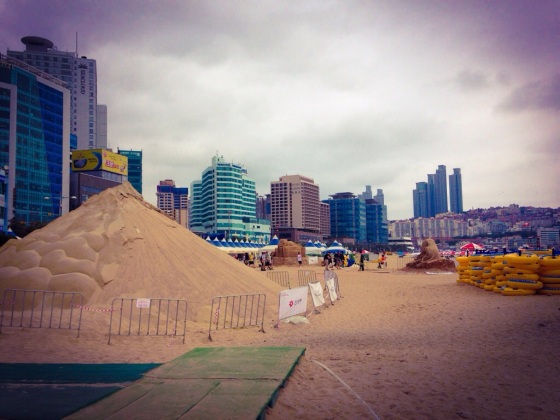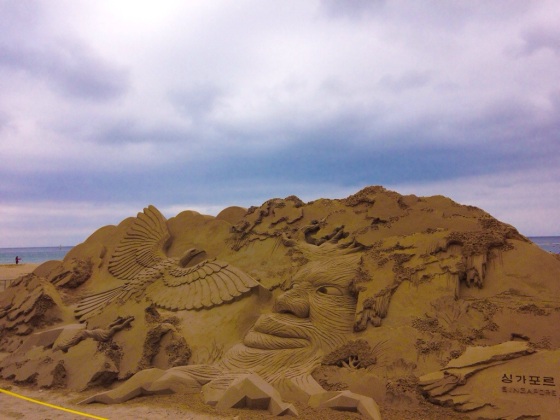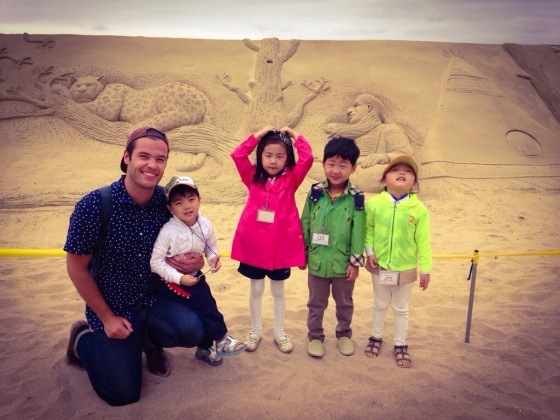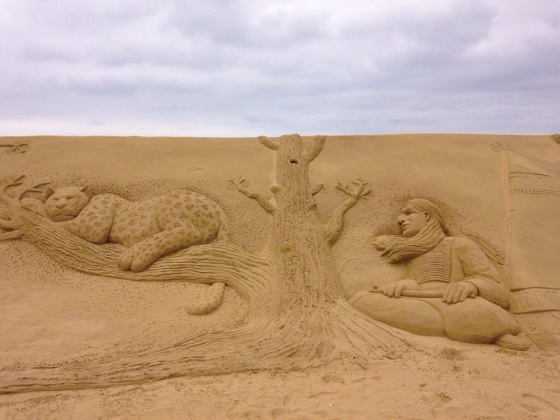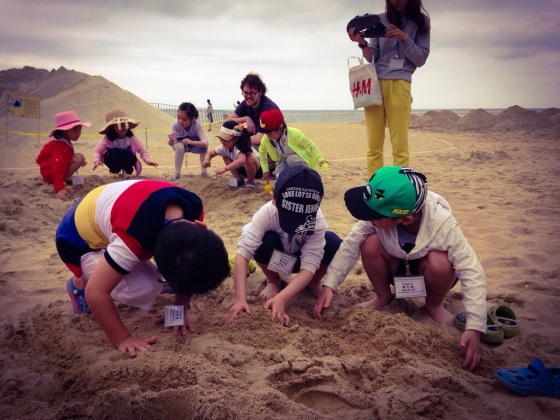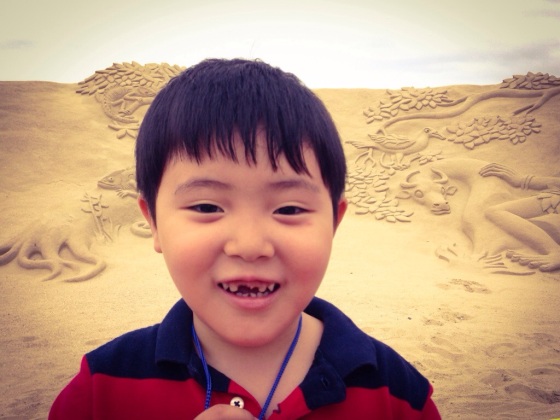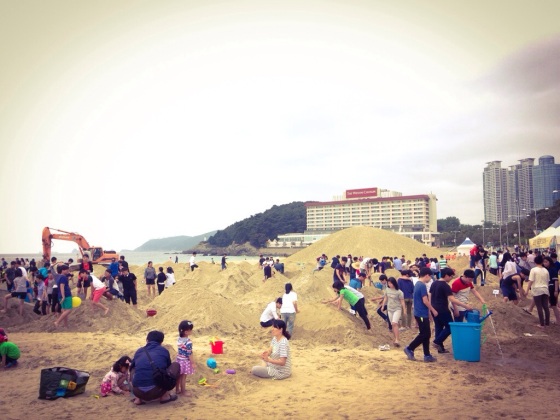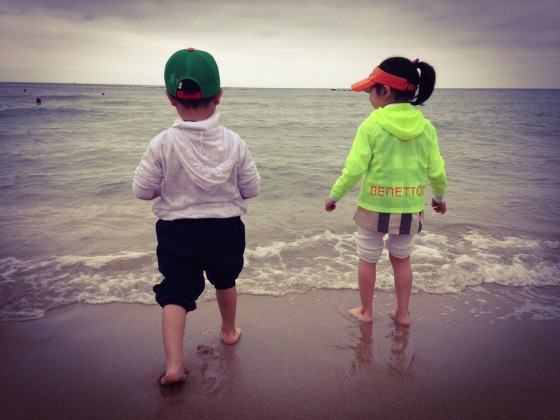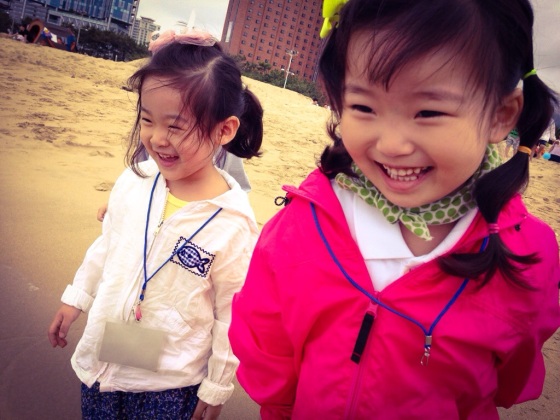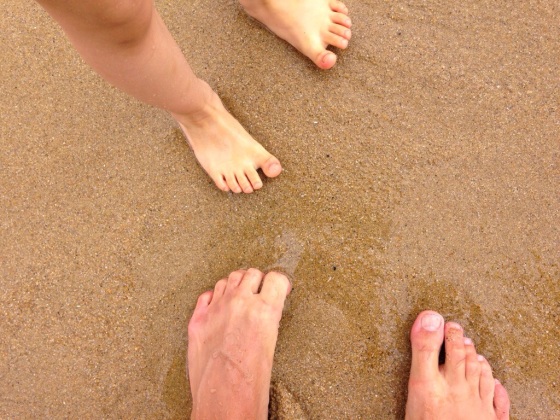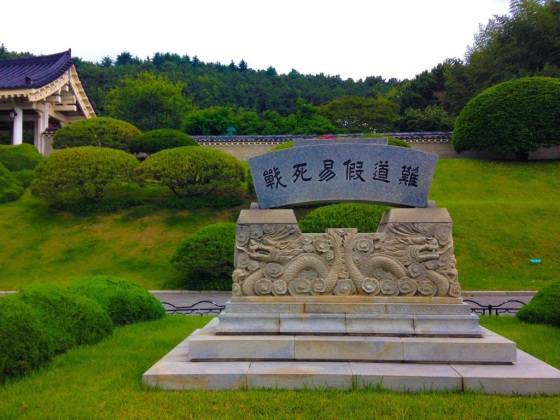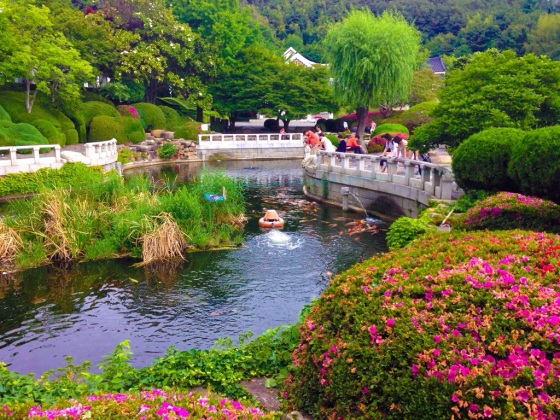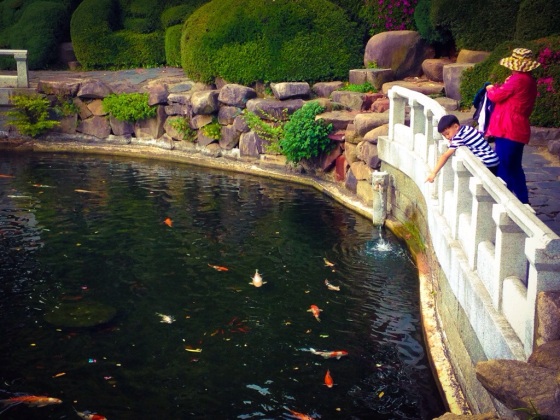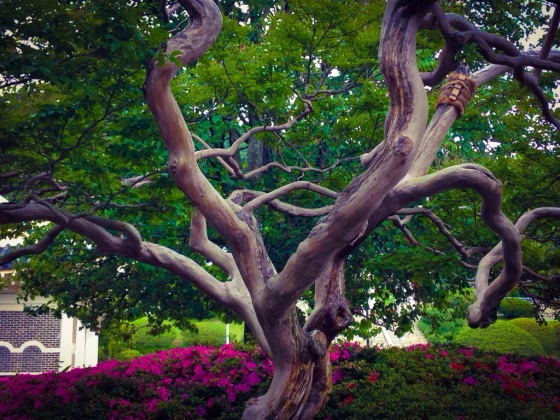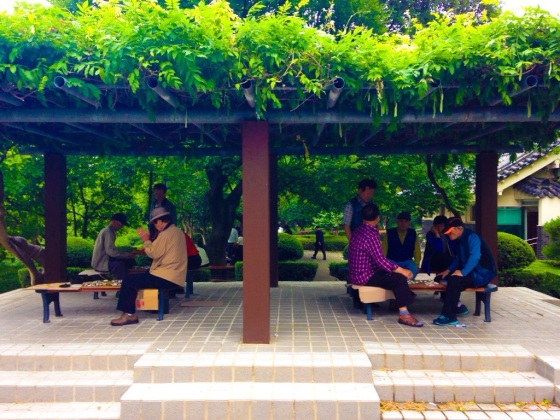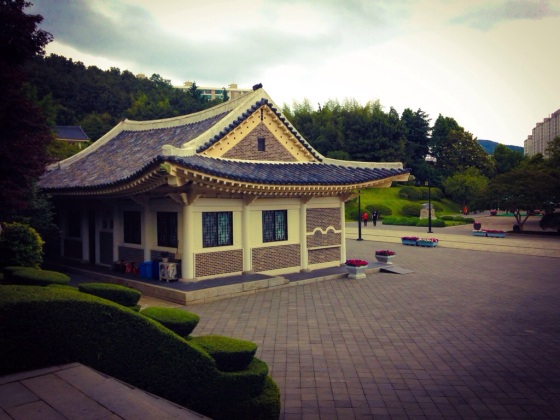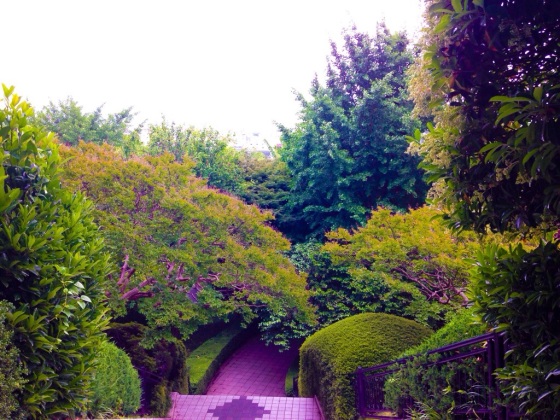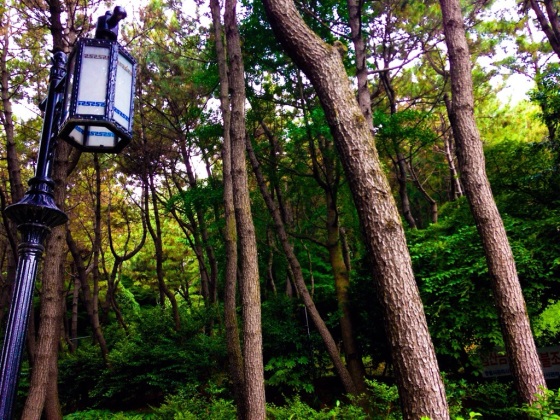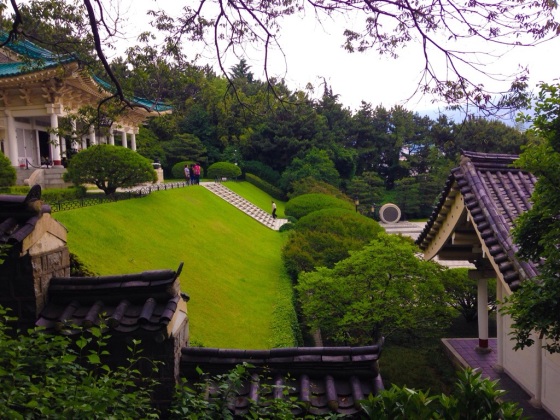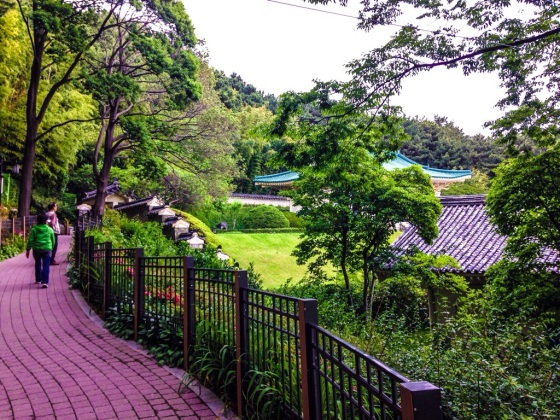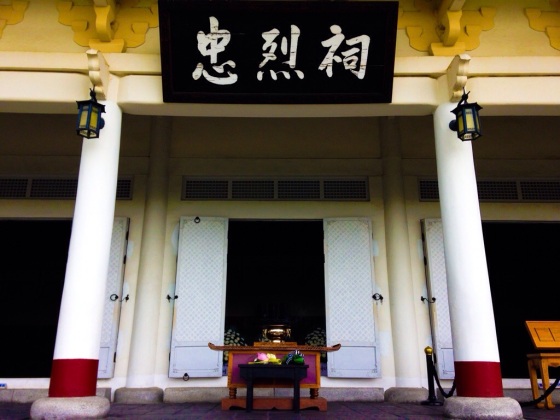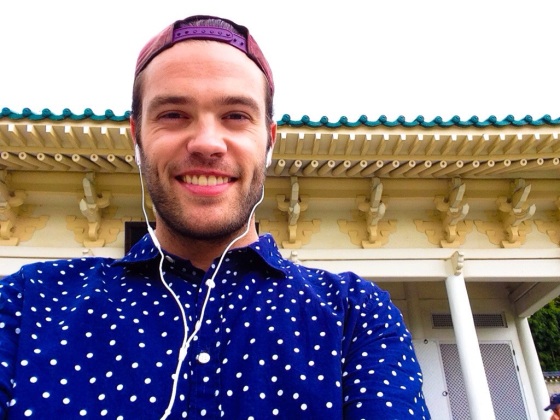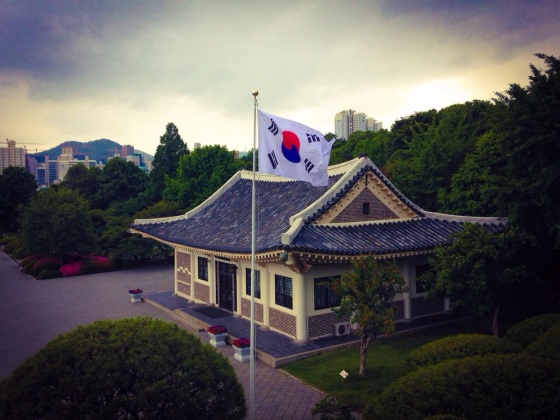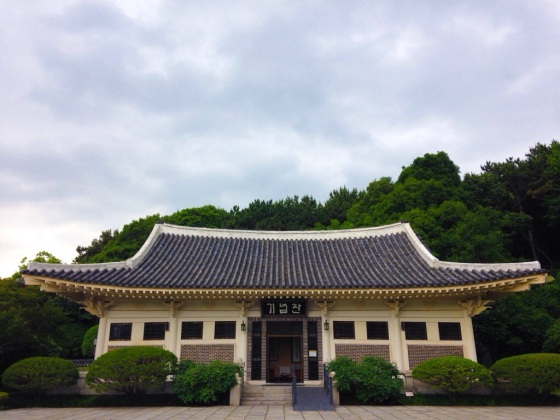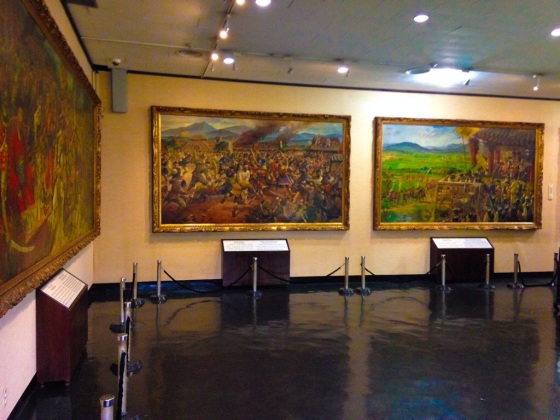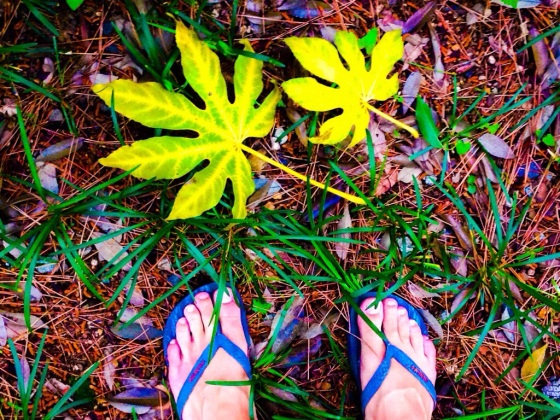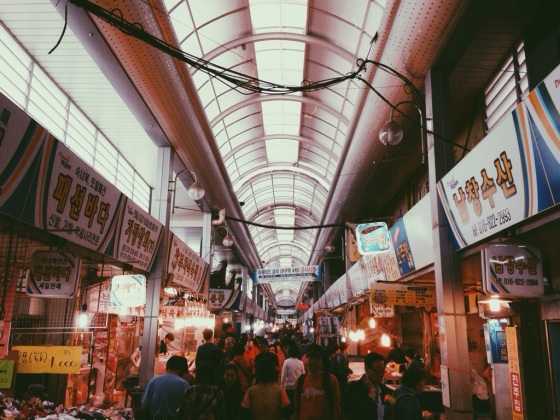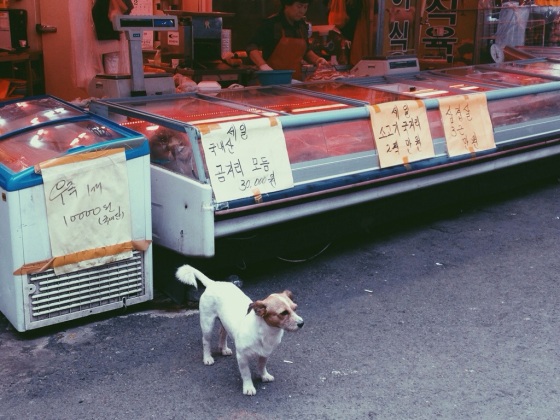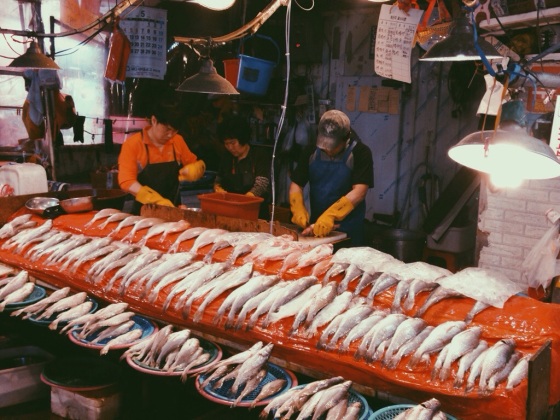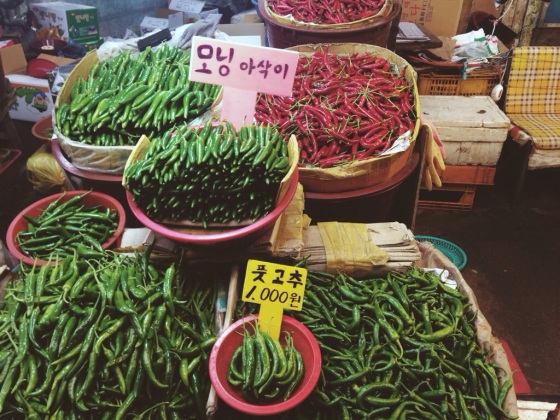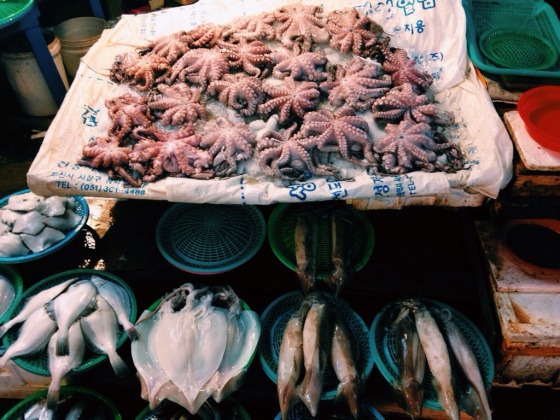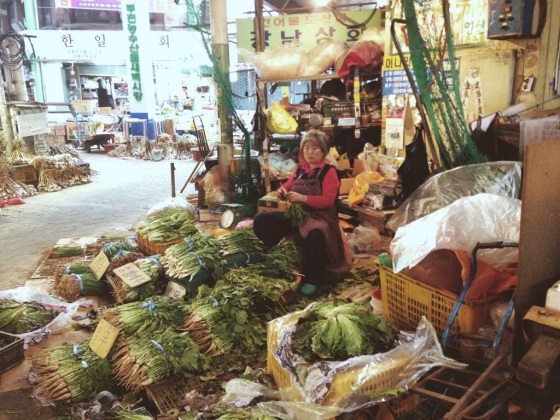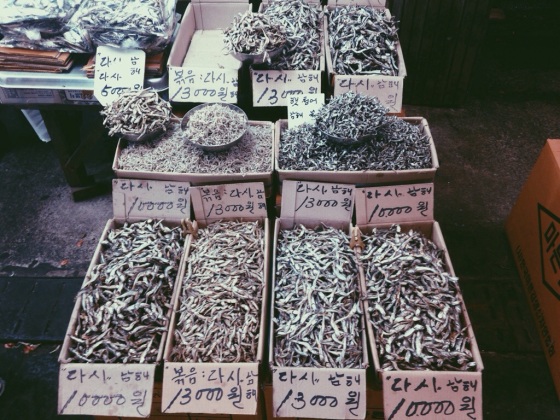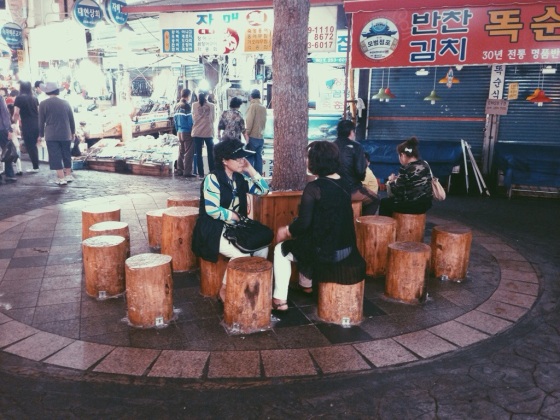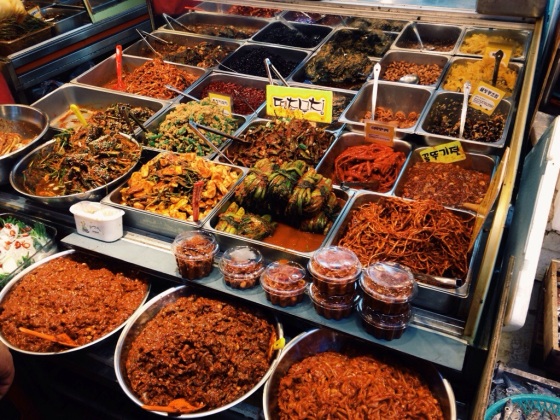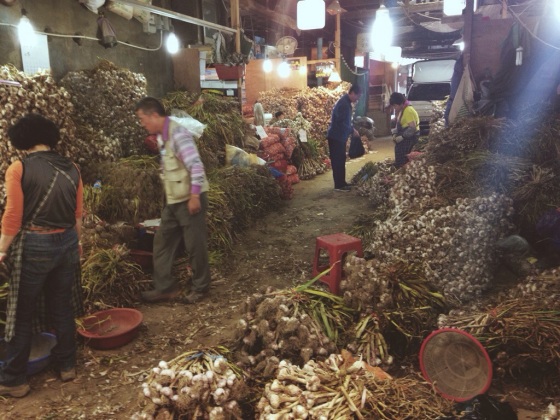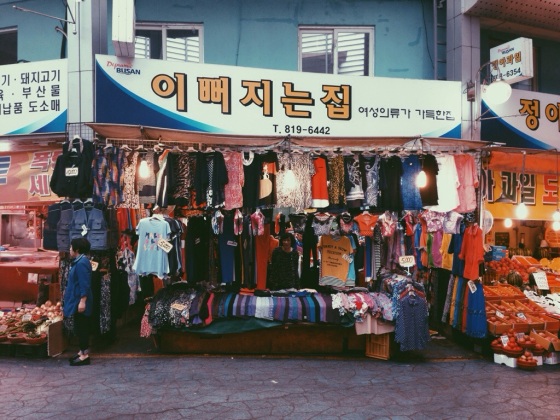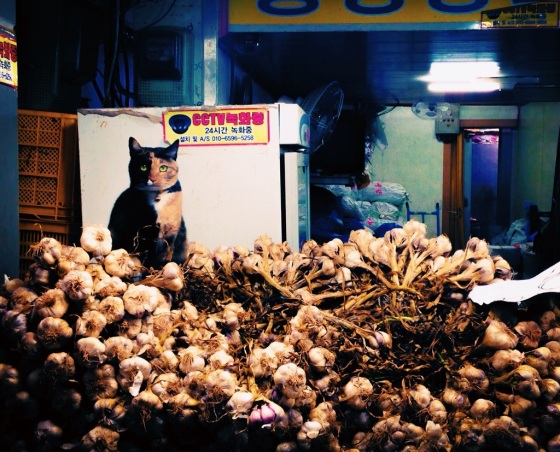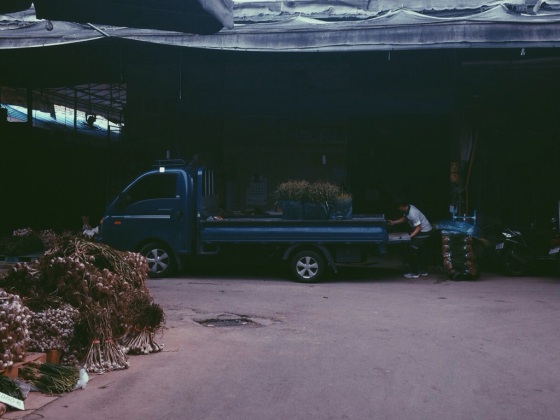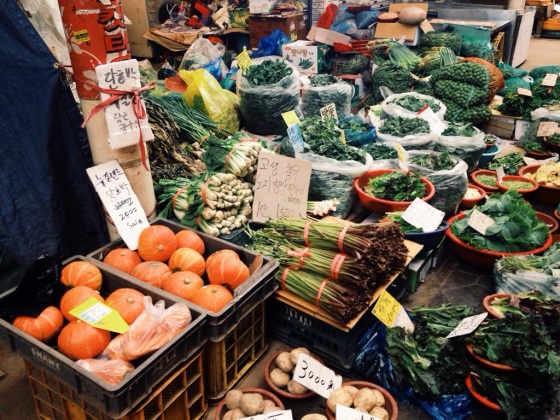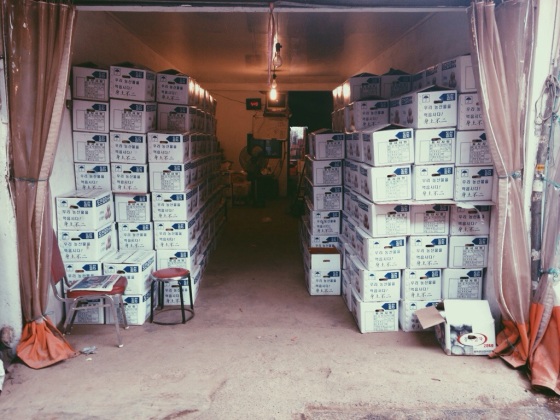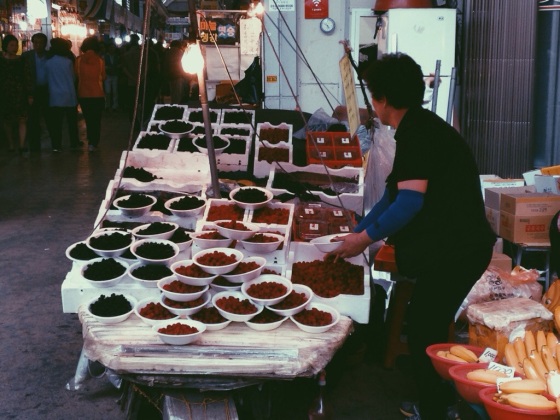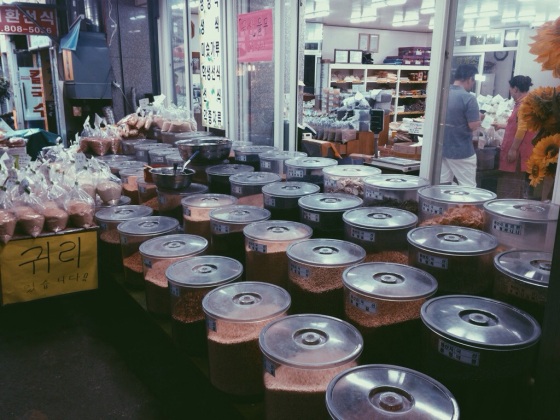This is a Busan Ex-Pat City Guide post. Check out the rest of my list here.
I’ve reached my elusive last month in Busan. Inevitably, it feels like everything I do these days is for the last time. This was the case yesterday, which I shall title “The Last Hike”, if only because it’s way too humid in Busan to go for another one before I depart.
While I had technically visited Geumjeongsanseong Fortress back in April, en route to Seokbulsa Temple, I’m a bit of a crazy person and decided that my first short, unintentional visit to the fortress wasn’t sufficient and I would need to re-visit in order to truly cross it off my Bucket List. Thankfully, I have friends (Steph and Brandi) who enable my neurotic behaviour and agreed to hike back up to the fortress with me.
The three of us had anticipated a rainy, overcast day, but were pleasantly surprised with the sunlight flittering through the dense forest upon arriving at the East Gate of the fortress. We headed in the direction of the Nammun Pond, and were soon greeted by the unmistakable sound of animated ajusshis. On our left was a tiny hamlet filled with middle-aged Korean men (and likely women – we were too far away to really tell) socializing at plastic tables and playing within around a green, netted enclosure. Steph, as the perfect human being she is, remarked, “it’s like Ajusshi Summer Camp!”
We reached Nammun Pond after a ten minute hike, where we observed blue dragonflies, frogs, snakes, and koi from our perch on the wooden bridge that wrapped around the swampy waters. A couple of friendly ajusshis retired their fishing poles to snap a photo of the three of us before we continued our hike to the Second Watch Tower. We ended up sitting on the fortress wall for about half an hour playing “Would You Rather?” and talking at length about some questionable content. While we sat on the wall, I did my best to take in the mountain scenery. I sat with my legs dangling off the fortress wall, and practiced some pre-sunset gratitude. It was a perfect day – breezy, with wispy clouds speckled across the sky, but still allowing the sun to peak through. This view justified the long trip back to the fortress and was a good reminder of Korea’s everyday natural beauty.
My favourite part of the hike, given that I had seen much of the scenery before, was the (derpy) conversations and jokes I had with Steph and Brandi. At one point, Steph regaled us with an anecdote involving a random black feather she had found while cleaning out her purse. She was legitimately confused about how it had ended up in there and joked that it was some sort of talisman that she should hold onto. Shortly afterwards, we crossed the pedestrian overpass from Oncheonjang Station to reach the bus stop. We passed by a seated ajumma selling unspecified herbs on a cloth who first made eye contact with Steph, smiled creepily, and muttered some Korean under her breath. Steph joked that the ajumma knew about the feather and was cursing her with some old school, Dongnae incantation. All to say, every crow (of which there were many) that flew overhead the forest on our hike seemed to be an ominous harbinger of things to come. Also, not once, but twice, Steph was (rightfully) yelped at the sight of a giant slug on the path to the fortress. To his credit, the poor cheetah printed little guy was just trying to get to his destination, but the jarred look on Steph’s face was just too much not to laugh.
The girls and I opted to take the cable car down the mountain after quickly visiting the South Gate, which offered much better views than my first foggy trip to Geumjeongsanseong Mountain. While the fortress wasn’t anything new or particularly exciting, it felt so right to sit on the its wall and stare out into the vast and seemingly never-ending Busan terrain one last time.
Directions
To get to Geumjeongsanseong Fortress, take the Orange Line on the Busan Subway (Line 1) to Oncheonjang Station (stop 127). From here, go out exit 3, and use the overhead crossing to get to the other side of the street. Take bus #203, which will take you to the South gate, East gate, or the forest village.

